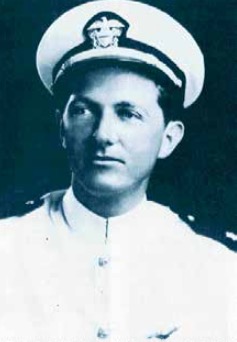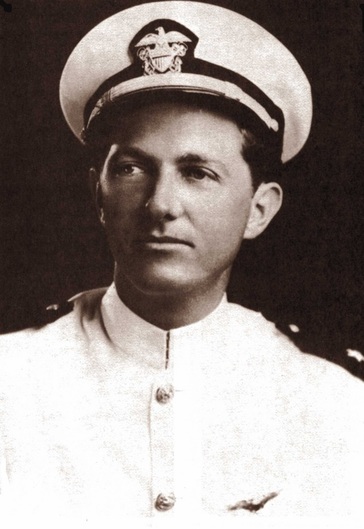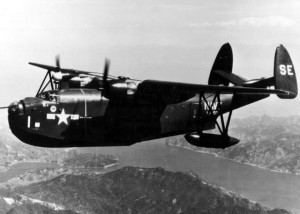
On 5 December 1945, a flight formation of five Grumman TBM Avenger Torpedo Bombers, with crewmembers totaling 14 Navy and Marine Corps personnel, were on a Navigation Training flight from their home base in Florida. They became lost or disoriented over the Atlantic Ocean, and failed to return home.
A large, four engine, PBM-5 Navy patrol aircraft with a crew of 13 was sent on a Search and Rescue (SAR) mission in an attempt to locate the missing flight of Avengers. That plane, too, went missing that same day.
Here are the names of those missing Marines and Navy men:
The men of Flight 19
Aircraft number Pilot Crew Bureau Nr. (BuNo)
FT-28 Charles C. Taylor, lieutenant, USNR
George Devlin, AOM3c, USNR
Walter R. Parpart, ARM3c, USNR 23307
FT-36 E. J. Powers, captain, USMC
Howell O. Thompson, SSgt, USMCR
George R. Paonessa, Sgt, USMC 46094
FT-3 Joseph T. Bossi, ensign, USNR
Herman A. Thelander, S1c, USNR
Burt E. Baluk, JR., S1c, USNR 45714
FT-117 George W. Stivers, captain, USMC
Robert P. Gruebel, Pvt, USMCR
Robert F. Gallivan, Sgt, USMC 73209
FT-81* Forrest J. Gerber, 2ndLt, USMCR
William E. Lightfoot, PFC, USMCR 46325
Note: * This particular plane was one crew member short. The airman in question, Corporal Allan Kosnar, "had asked to be excused from this exercise."
PBM-5 BuNo 59225
Walter G. Jeffery, LTJG, USN (pilot)
Harrie G. Cone, LTJG, USN
Roger M. Allen, ensign, USN
Lloyd A. Eliason, ensign, USN
Charles D. Arceneaux, ensign, USN
Robert C. Cameron, RM3, USN
Wiley D. Cargill, Sr., Seaman 1st, USN
James F. Jordan, ARM3, USN
John T. Menendez, AOM3, USN
Philip B. Neeman, Seaman 1st, USN
James F. Osterheld, AOM3, USN
Donald E. Peterson, AMM1, USN
Alfred J. Zywicki, Seaman 1st, USN 59225
LINKS:
Flight 19 - Wikipedia
The Mysterious Disappearance of Flight 19
Flight 19 Disappearance: Most Likely Cause - Historic Mysteries
Flight 19 the Lost Avengers



